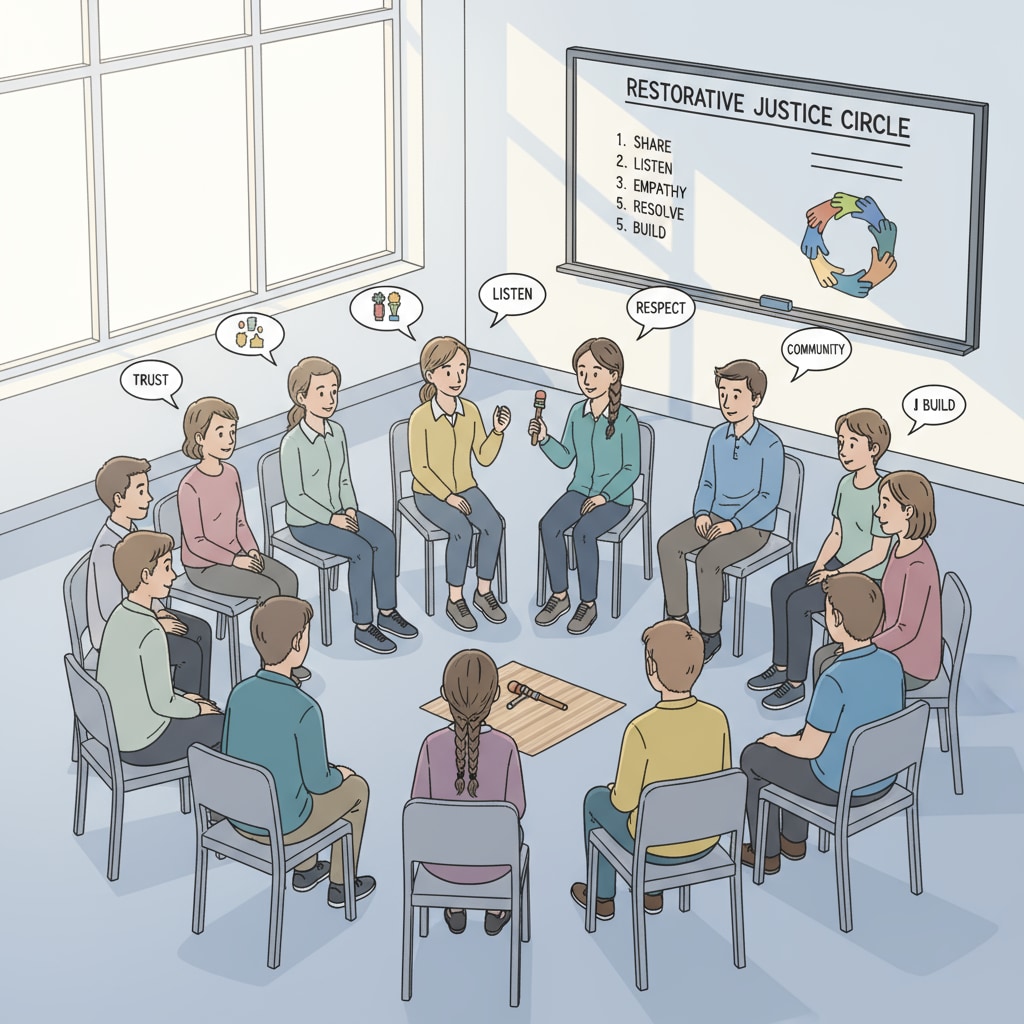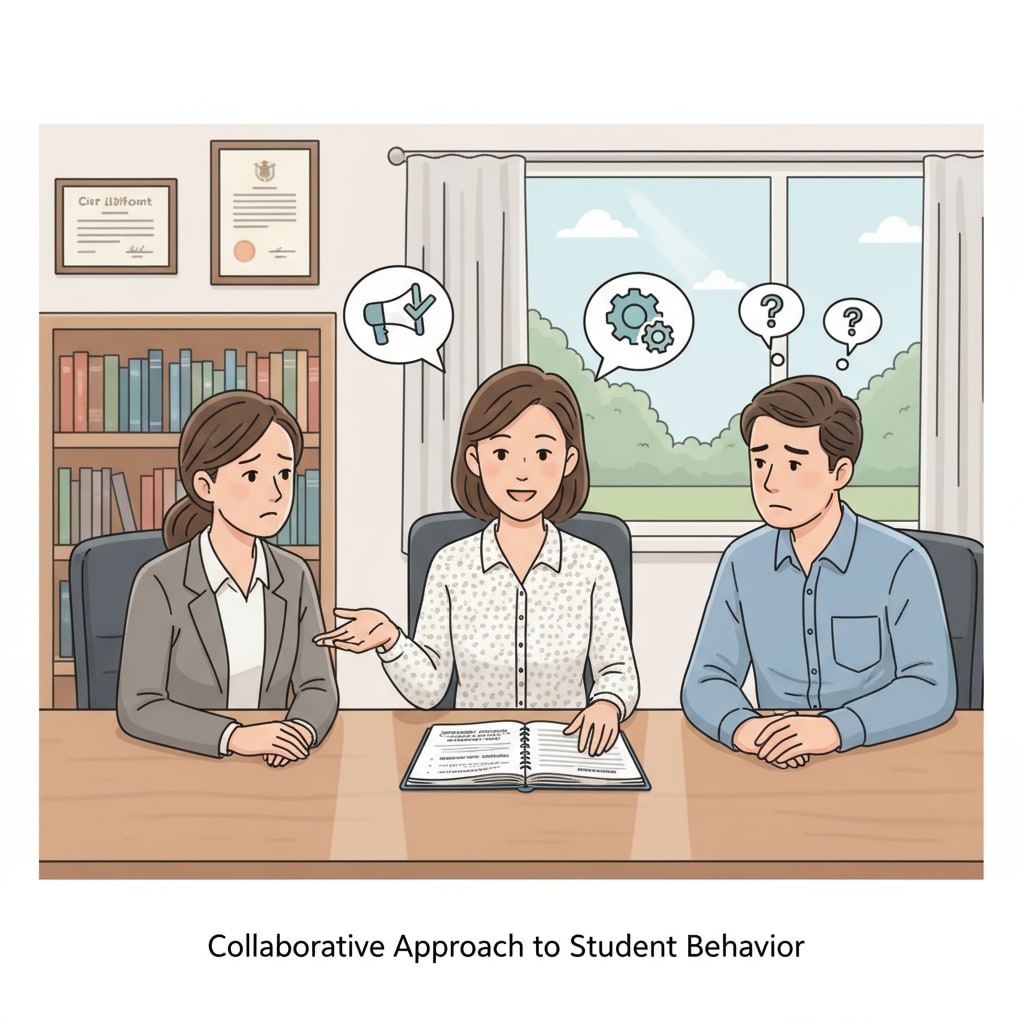In the realm of school management, the interplay between restorative discipline practices, parental expectations, and effective administration is a complex yet crucial aspect. School administrators frequently encounter a tug-of-war between parents who advocate for strict punitive measures and the principles of restorative discipline, which focus on healing and growth. This article delves into how to harmonize these seemingly opposing forces for the betterment of students.
The Clash of Perspectives
Parents often come from diverse backgrounds and hold various views on discipline. Some may believe that strict punishment, such as detention or suspension, is the most effective way to correct a child’s misbehavior. They expect schools to enforce rules firmly, fearing that leniency could lead to a lack of respect for authority. On the other hand, restorative discipline practices aim to repair harm, build relationships, and teach responsibility. For example, instead of punishing a student for bullying, restorative discipline might involve a meeting where the victim, the bully, and relevant parties discuss the impact of the action and work towards a solution. This approach contrasts sharply with the traditional punitive mindset held by some parents. Restorative justice on Wikipedia

Communication is Key
Open and honest communication is essential in bridging the gap between parental expectations and restorative discipline. School administrators should initiate regular conversations with parents to explain the philosophy and benefits of restorative discipline. By hosting workshops or informational sessions, parents can gain a deeper understanding of how this approach promotes long-term positive behavior change. For instance, sharing success stories of students who have thrived under restorative discipline can help parents see its effectiveness. Additionally, administrators should listen attentively to parents’ concerns. This two-way communication can build trust and create a foundation for cooperation. Communication theory on Britannica

Moreover, it’s important to involve parents in the restorative process. When a disciplinary issue arises, inviting parents to participate in restorative meetings or conferences can give them a sense of ownership and allow them to contribute to the resolution. This not only helps in addressing the immediate problem but also strengthens the home-school partnership.
Readability guidance: As seen above, short paragraphs are used to clearly convey ideas. Lists can be incorporated when presenting multiple points. The use of active voice prevails, and transition words like “moreover” help in creating a smooth flow.


